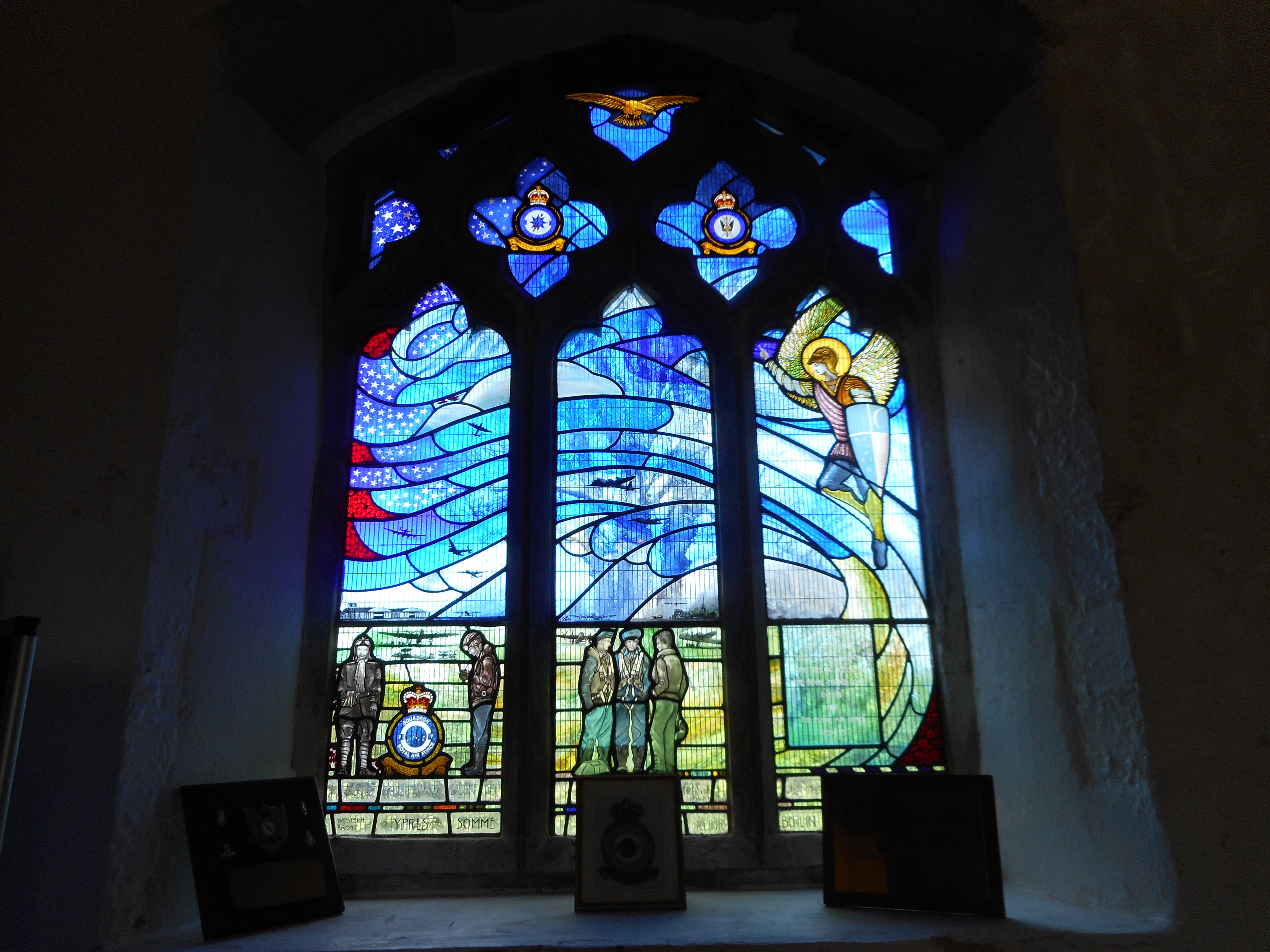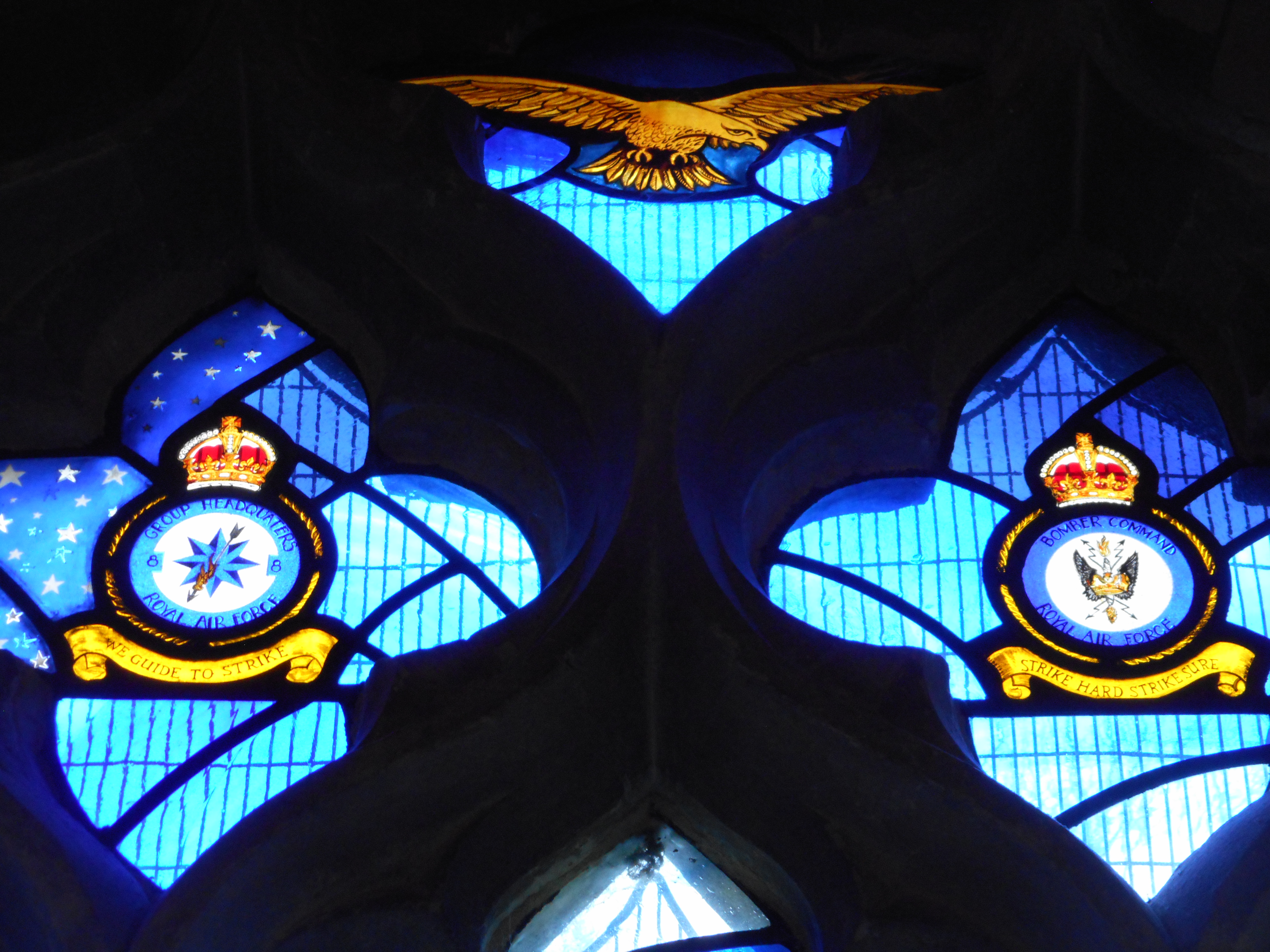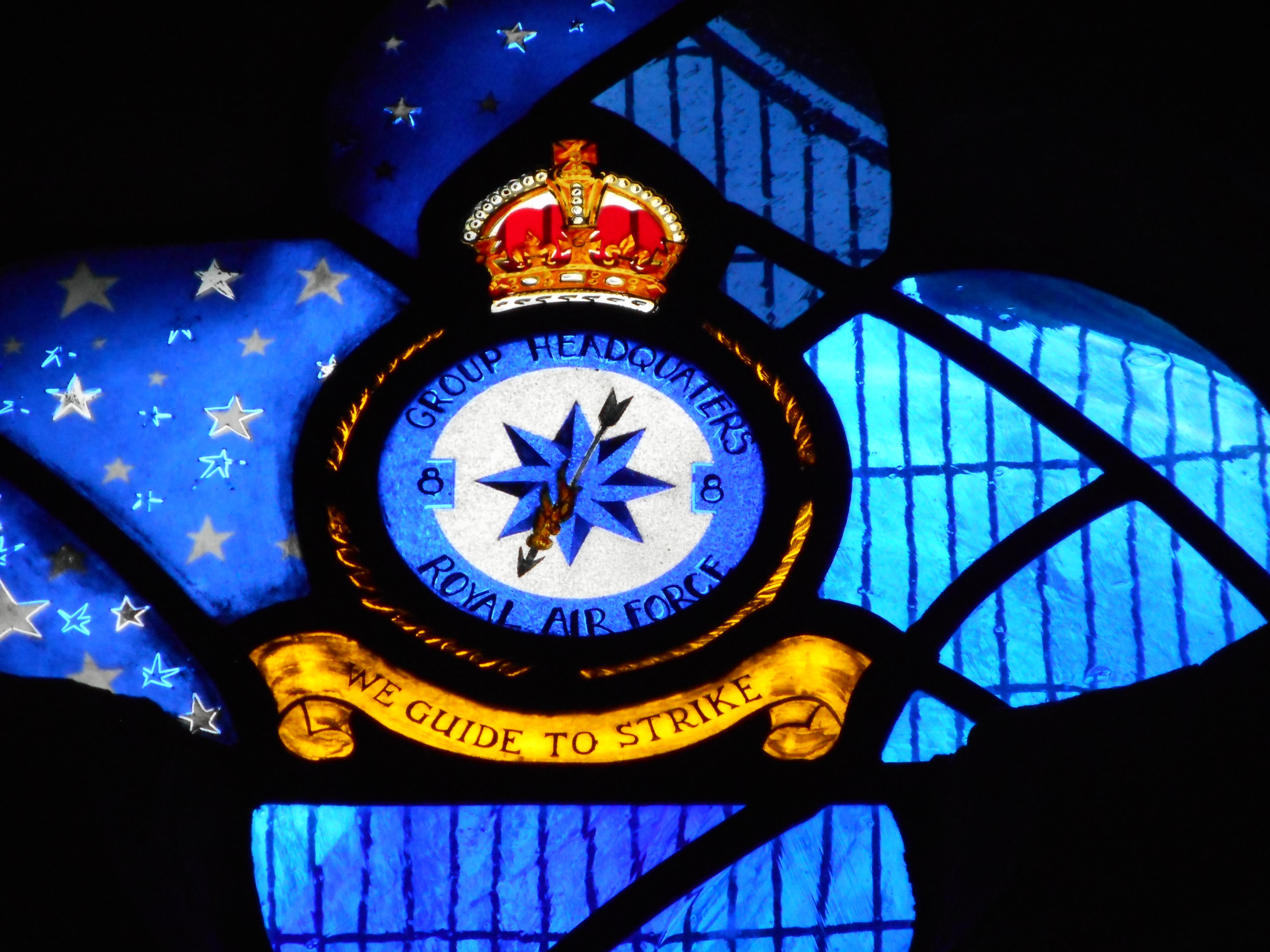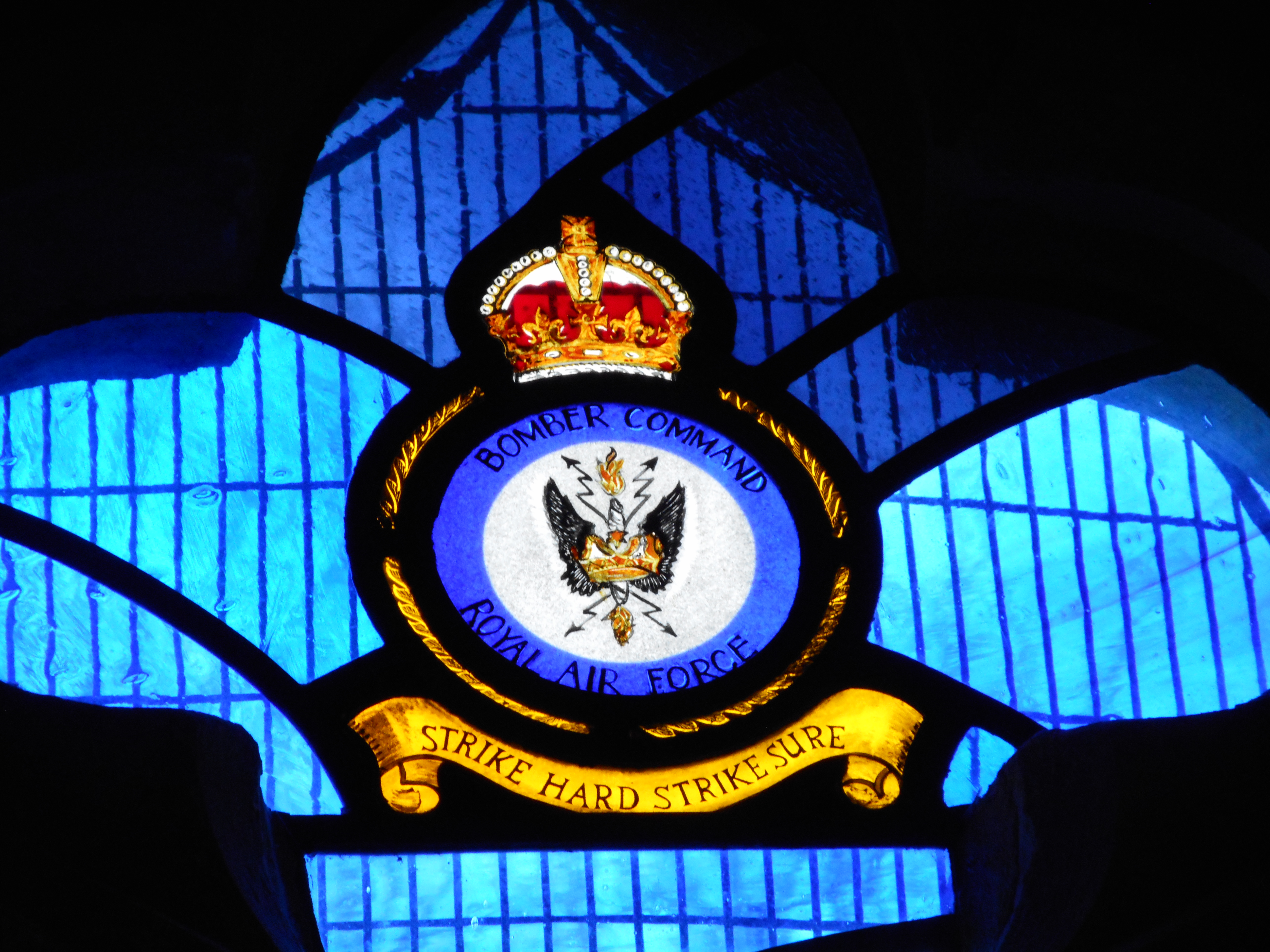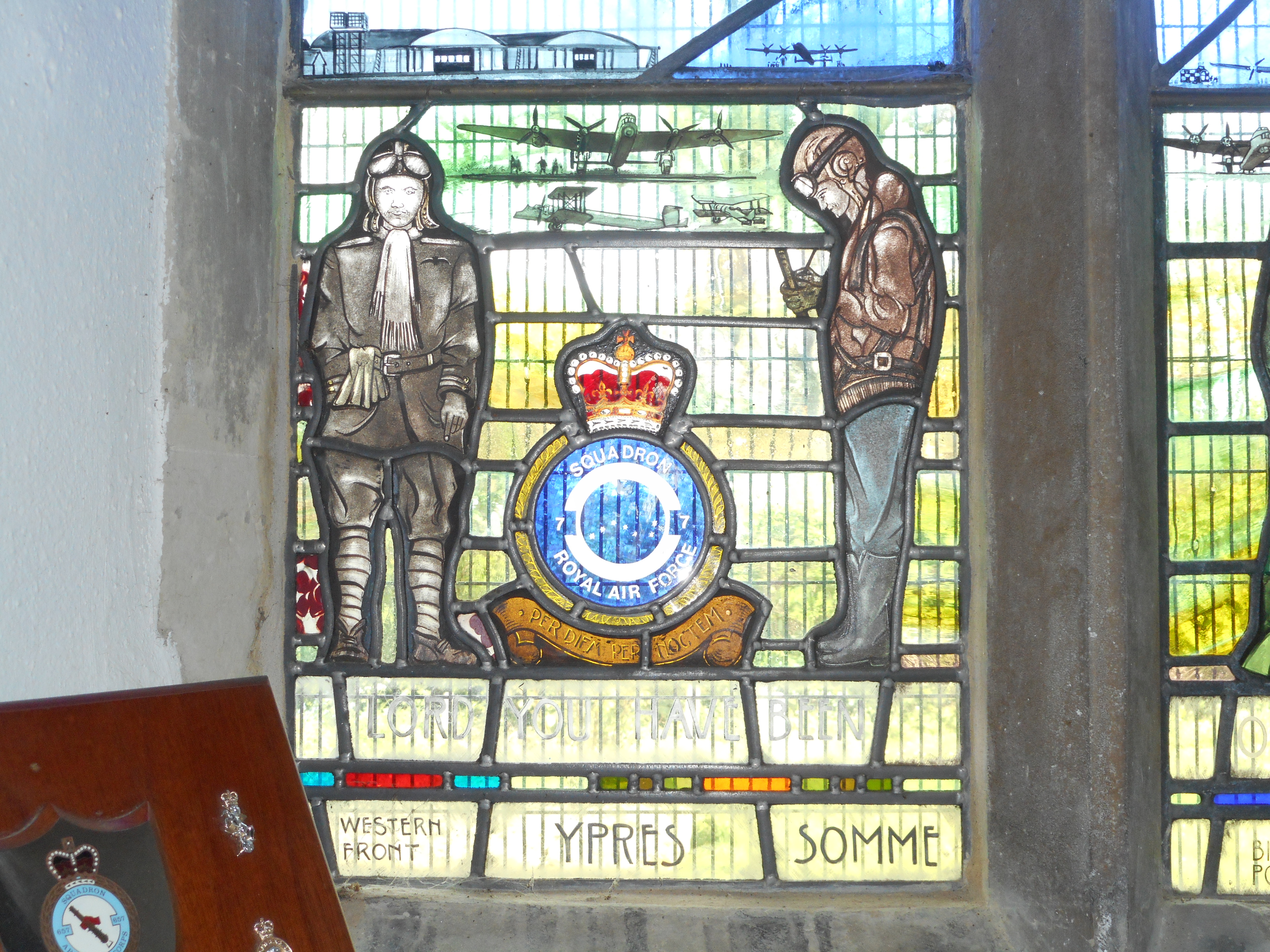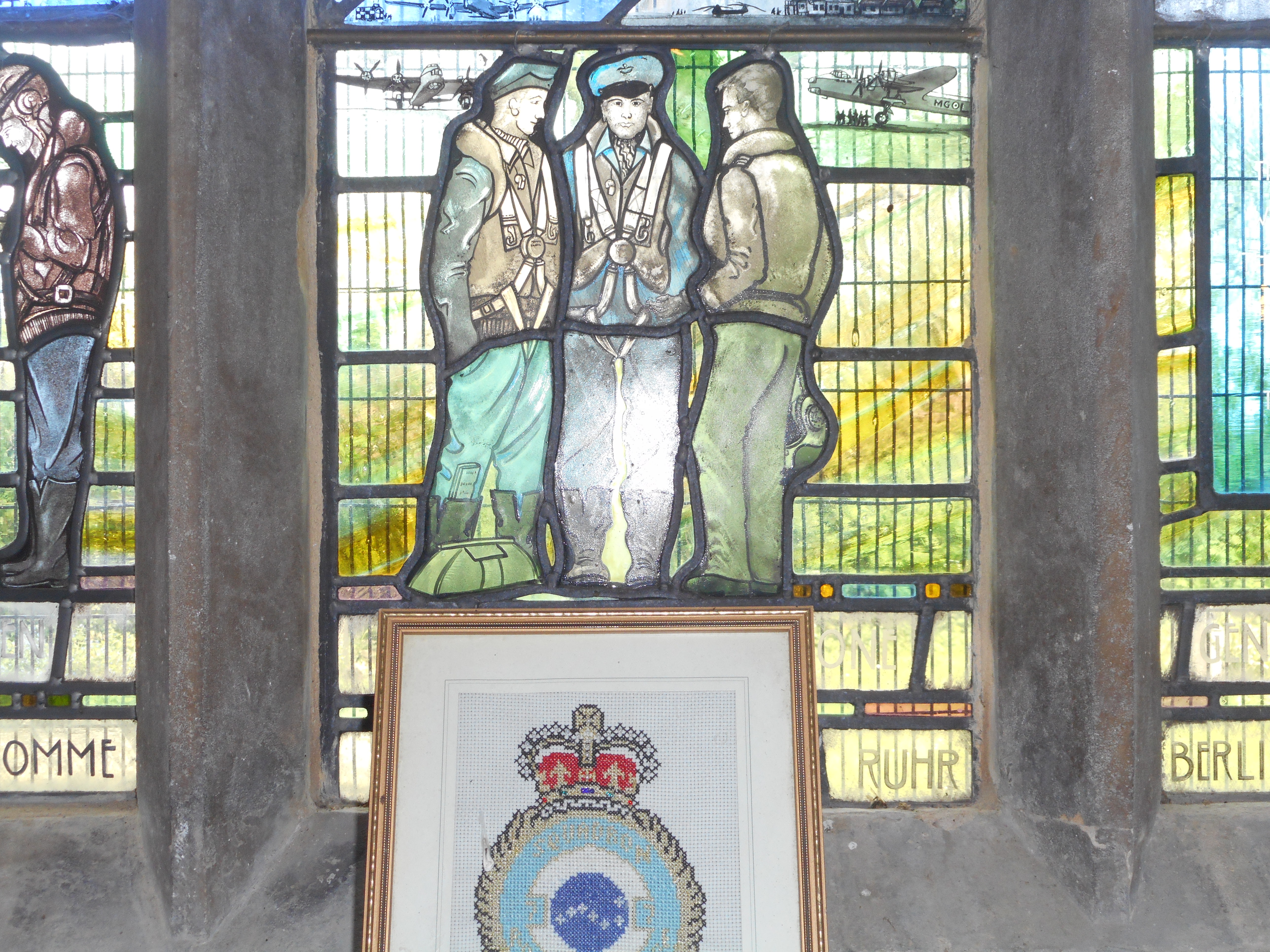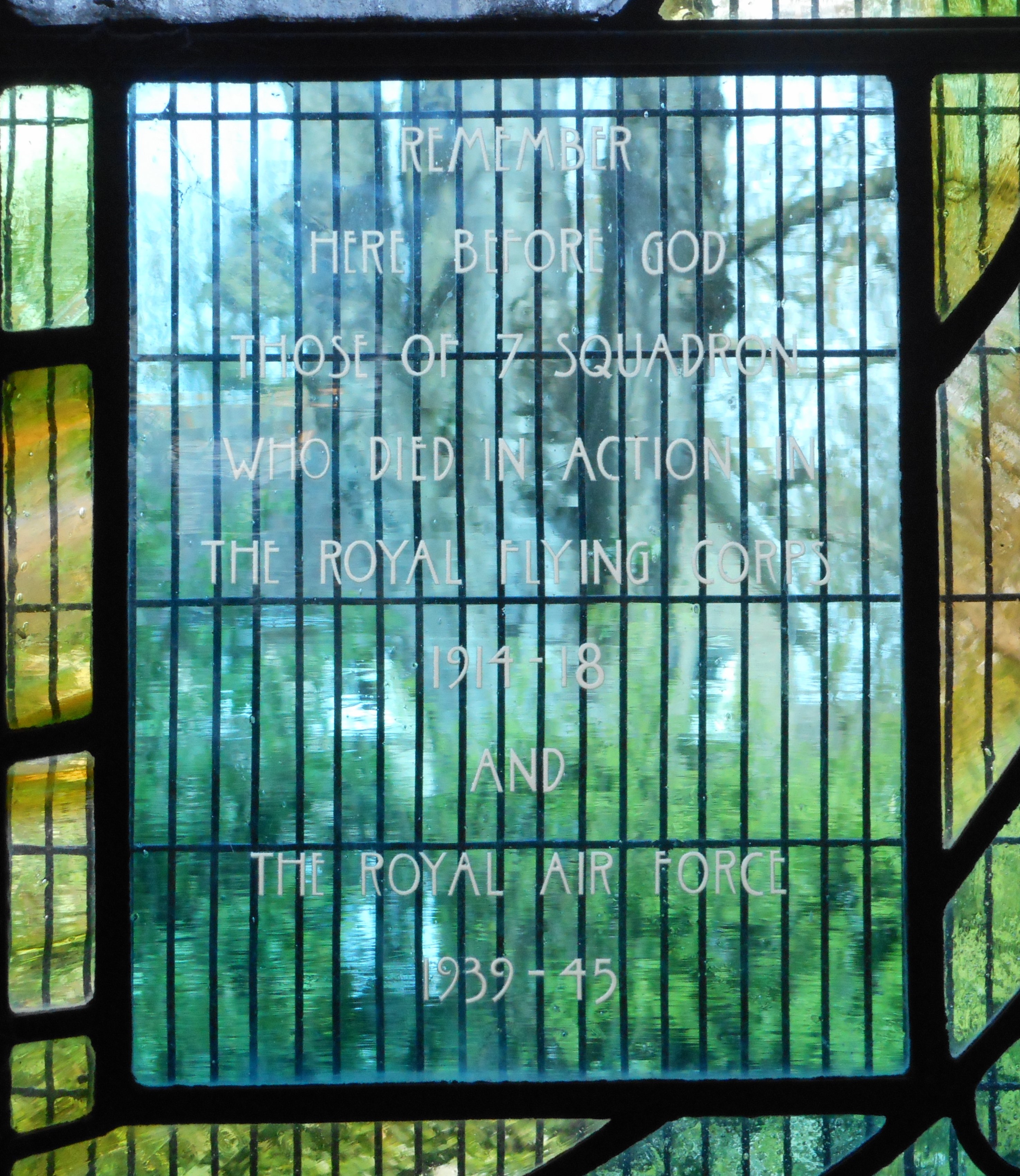Graham, John Thompson
Personal Information
| Rank | F/S |
| Forename(s) | John Thompson |
| Surname | Graham |
| Gender | M |
| Age | 29 |
| Date of Death | 28-03-1942 |
| Next of Kin | Son of Joseph and Bessie Isabel Graham, of Newtownards, Co. Down, Northern Ireland. |
Aircraft Information
| Aircraft | Short Stirling I |
| Serial Number | W7501 |
| Markings | MG-Z |
Memorial Information
| Burial/Memorial Country | United Kingdom |
| Burial/Memorial Place | Runnymede Memorial |
| Grave Reference | Panel 74. |
| Epitaph |
IBCC Memorial Information
| Phase | 2 |
| Panel Number | 172 |
Enlistment Information
| Service Number | 968335 |
| Service | Royal Air Force Volunteer Reserve |
| Group | 3 |
| Squadron | 7 |
| Squadron Motto | Per diem per noctem (By day and by night) |
| Trade | WOp/AG |
| Country of Origin | United Kingdom |
Other Memorials
| Location | Hilton House Hotel, Hilton, Derbyshire |
| Country | United Kingdom |
| Memorial Type | Blue Plaque on external wall |
| Memorial Text | Air Commodore Herbert Martin Massey CBE DSO MC 1898-1976 Senior British Officer at Stalag Luft III Sagan who authorised 'The Great Escape' was born here. Hilton and Marston History Group |
| Location | All Saints Church, Longstanton, Cambridgeshire |
| Country | United Kingdom |
| Memorial Type | Stained Glass Window and Roll of Honour Book |
| Memorial Text | Remember here before God those of 7 Squadron who died in action in The Royal Flying Corps 1914-18 and The Royal Air Force 1939-45 |
Casualty Pack Number Find Out More
| AIR 81/13053 (P367326/42) |
Commonwealth War Graves Commission
The National Archives
| Record of Events (Operational Record Book) AIR 27/99/6 |
| Summary of Events (Operational Record Book) AIR 27/99/5 |
Fellow Servicemen
Please note that this list gives all the losses aboard the quoted aircraft and occasionally these may have occurred on an earlier date when the aircraft was not itself lost. Please check the dates of death carefully.
Last Operation Information
| Start Date | 28-03-1942 |
| End Date | 29-03-1942 |
| Takeoff Station | Oakington |
| Day/Night Raid | Night (86% moon) |
| Operation | Lubeck. First major success against a German target. Target was the Altstadt which comprised mainly timbered houses, so half of the 400 tons of bombs were incendiary devices. 62% of all dwelling in Lubeck were either destroyed or badly damaged- mainly residential. |
| Reason for Loss | Believed to have been shot down by a night-fighter and crashed into the North Sea off the Frisian islands |



